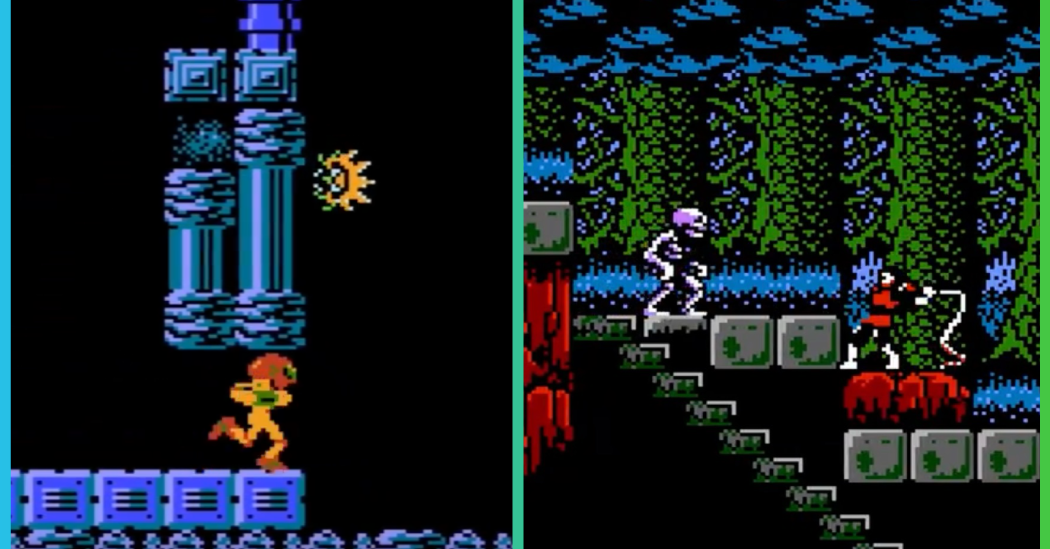Interesting that in the title, stated in absolute terms in the text, and from the designers they interviewed, they cite getting lost as crucial for the genre. Personally, I disagree. Getting lost has tended to be why I didn’t care for certain games in this genre, like Axiom Verge, and it soured my otherwise higher opinion of games like Hollow Knight and Symphony of the Night. Still, I think this is a good exploration of the genre and what makes it tick.



The -vania part always seemed a bit odd to me as well because of the history of the games, but it makes sense based on when the term became popularized. If someone had tried to coin a term for the genre earlier I think it would’ve been Metroid-like alone, specifically because the early entries of Castlevania didn’t really have any movement-based mechanics upgrades until SotN. Even things being locked behind item progression was only in Simon’s Quest before that (although it looks like Vampire Killer had some more open levels where you had to find keys). I’m not familiar with Rondo of Blood, which looks like it had some exploration of levels with the secondary character, but again without upgrading movement mechanics.
So you basically had Metroid ('86) and Super Metroid ('94) being quintessential examples of the modern metroidvania genre, whereas there were almost a dozen Castlevanias before SotN ('97) that were mostly linear.
I suppose I should’ve been clearer there, I really just meant the Koji Igarashi-era games, not Classicvania. As the other comment mentions, the term Metroidvania was actually originally coined to separate the two eras of Castlevania, before the genre exploded in popularity and it became repurposed.
But that’s exactly why we have the word metroidvania.
It was sometimes used derisively in forums, but it was to tell apart the likes of Symphony of the Night from the likes of the linear ones. And then as we got more Castlevanias like Symphony of the Night in the GBA era, it became part of the definition of what this genre is.